Whale Watching Heating up in the Hawaiian Islands
Every winter, Humpback Whales arrive around the Hawaiian Islands for their breeding and calving season. If you get a chance to go out on the water and do some whale watching, you could be rewarded with some very interesting behaviors. I tell people there are three big goals while whale watching here; seeing a brand new baby whale, seeing a competition pod, and see a breaching humpback whale.

Whale watching has been heating up here in Hawaii. The Humpback Whale migration is on in full force. One way to see it is to head out in a small boat from Honokahau Harbor near Kona, Hawaii.
Babies are about the size of a small pickup truck, and they are born right here. The momma whales like the clear, calm, warm waters around the islands. The draw to Hawaiian waters must be pretty big, since the adult whales have no food here. They fast the entire time, and then head back to the food rich waters of Alaska when the need to feed outweighs the need to breed. Even though the babies are quite large, they look tiny next to mom, who is the size of a city bus.
Competition pods are also called heat runs. This is where multiple male whales fight over one female. She gives off some pheromones letting the males know she is going into heat, then puts the males through a test of fitness. Presumably she is seeing which male she would like to mate with and pass on genes to her baby. If she mates successfully then she will return next year to give birth.
And finally, the breaching behavior is when the whale launches its entire body out of the water. The tail is so large and powerful that it only takes a couple of flaps to launch the entire 80,000lbs whale into the air. If you get to see this it will be hard to forget. Getting a photo of it is even harder. You never know when a whale will do this, or where it will come up from. So you just have to put in your time and hope for a whale that does it more than once. We were lucky enough to get that opportunity on this trip.
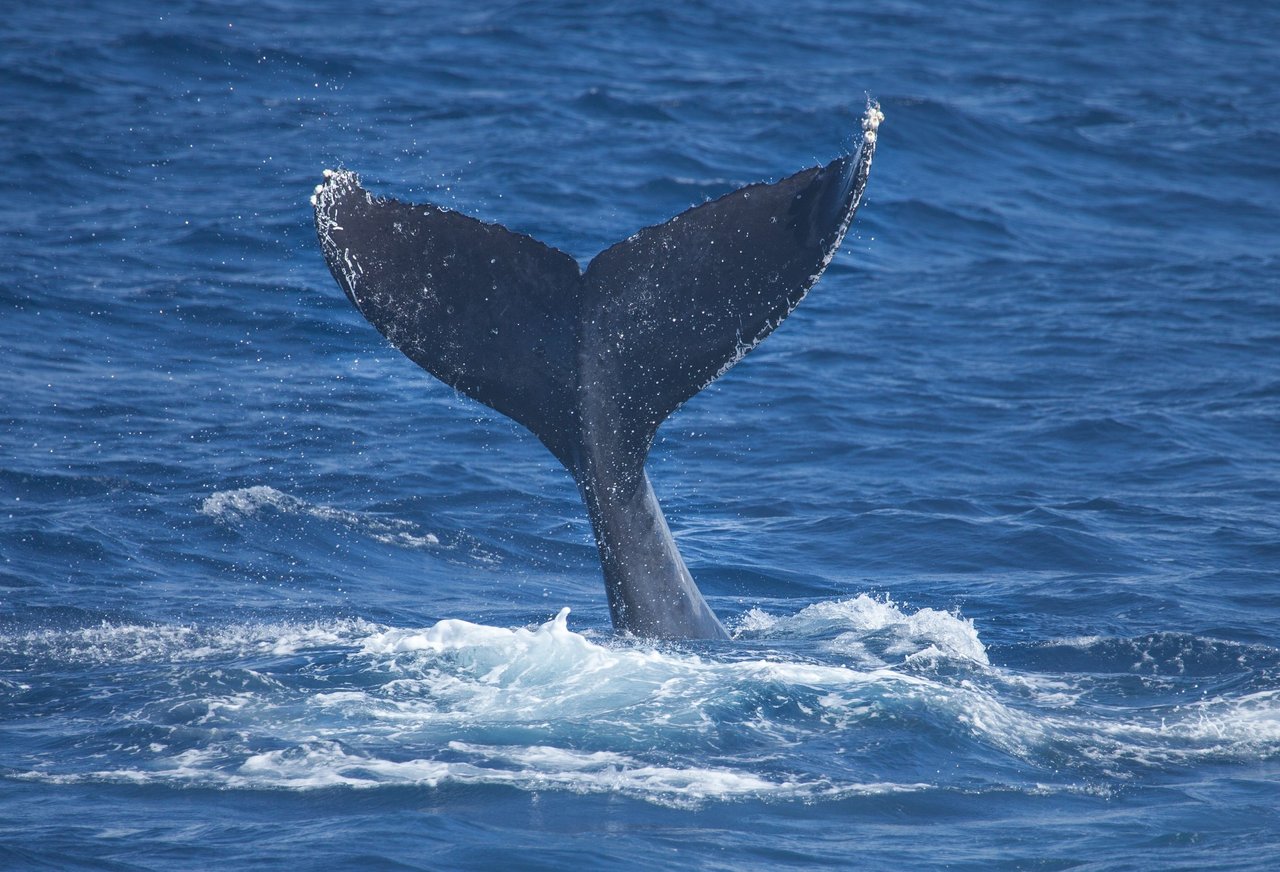
This was a tail slapping whale. We believe that the incredibly loud slap, caused by the 15ft wide tail, is sending a message to all the other whales in the area. Sound does travel 3.5 times faster through seawater than it does through air.
This is me driving the small whale watching boat. There have been times when I have had to look up from this boat to see a whale, towering over us.
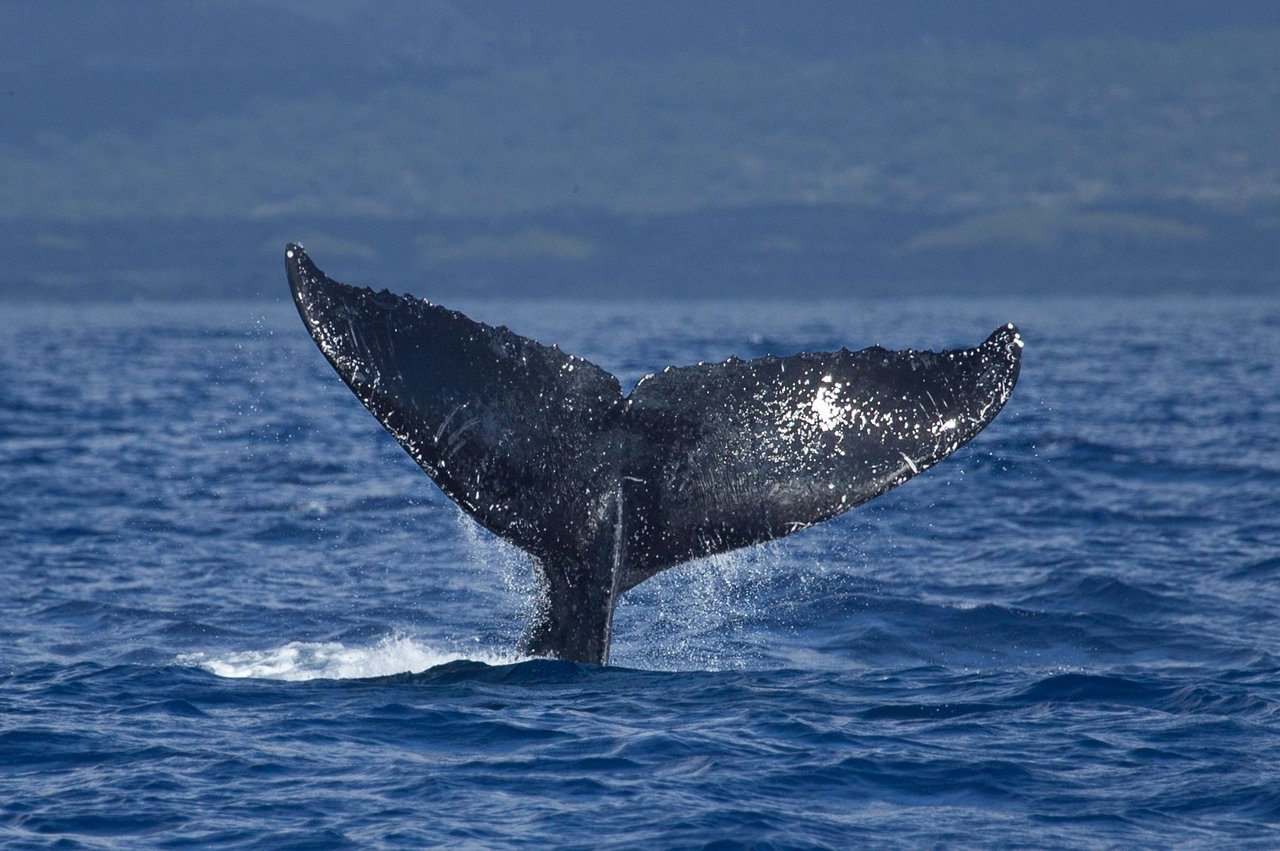
I just love whale season here in Hawaii.

This photo is of two whales, each doing a different behavior. The whale on the left is doing a pec slap, where it waves its long pectoral fin in the air before smacking it on the water. The whale on the right is doing something similar with its tail.
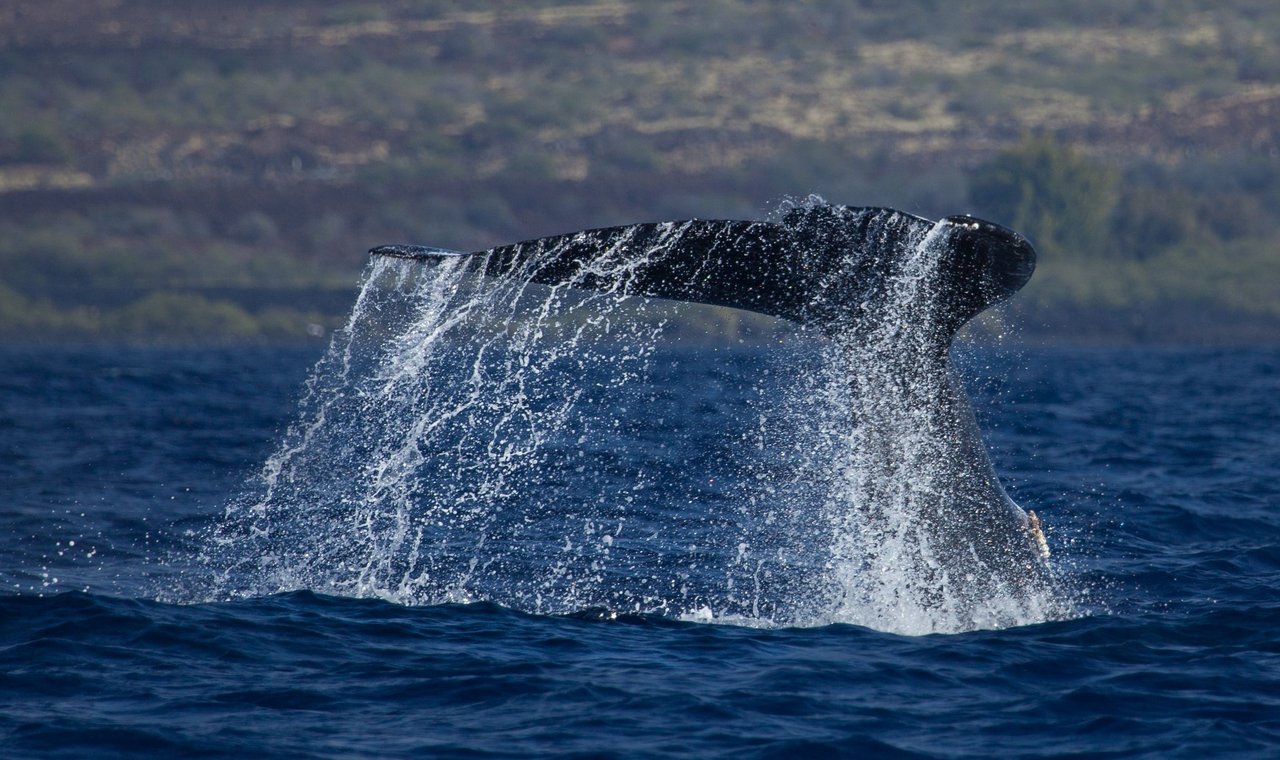
I tried to get a very low angle picture here. I just love the water cascading off the tail.
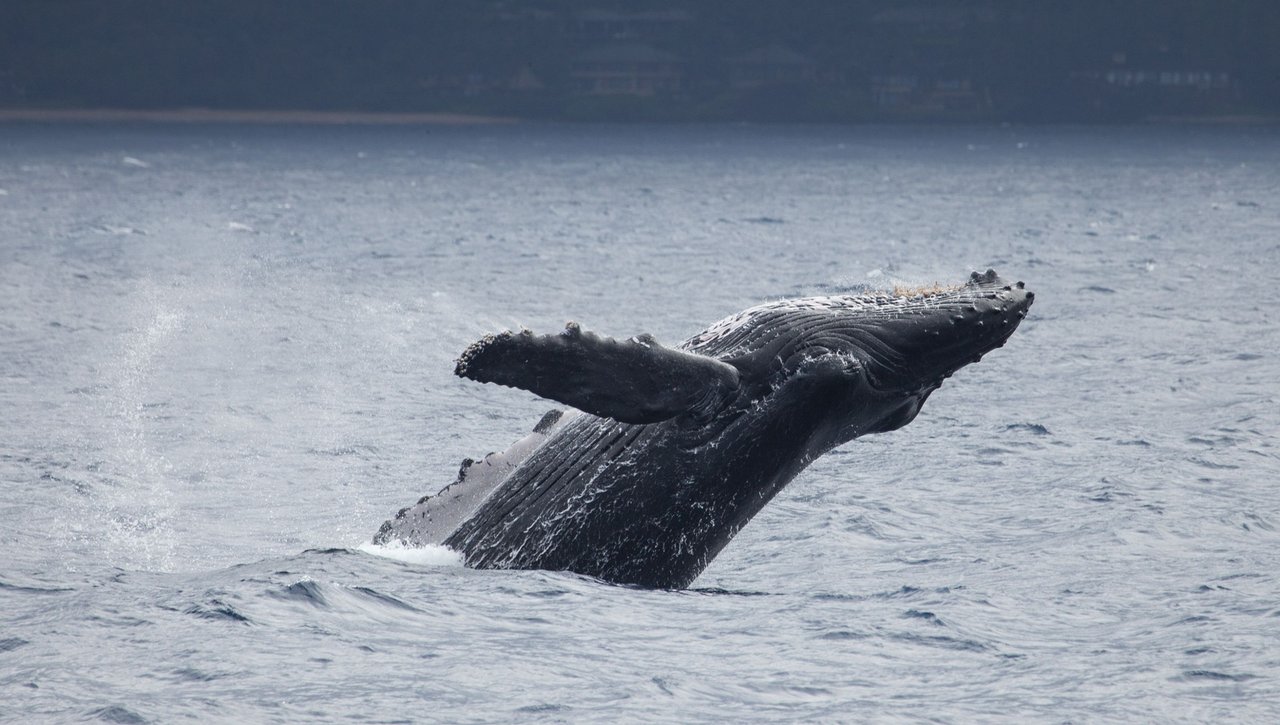
We had several chances to photograph breaching humpback whales this trip. I got lucky with this one.

Breaches happen so fast and the whale can come up from anywhere. It is a great challenge for all the photographers onboard.
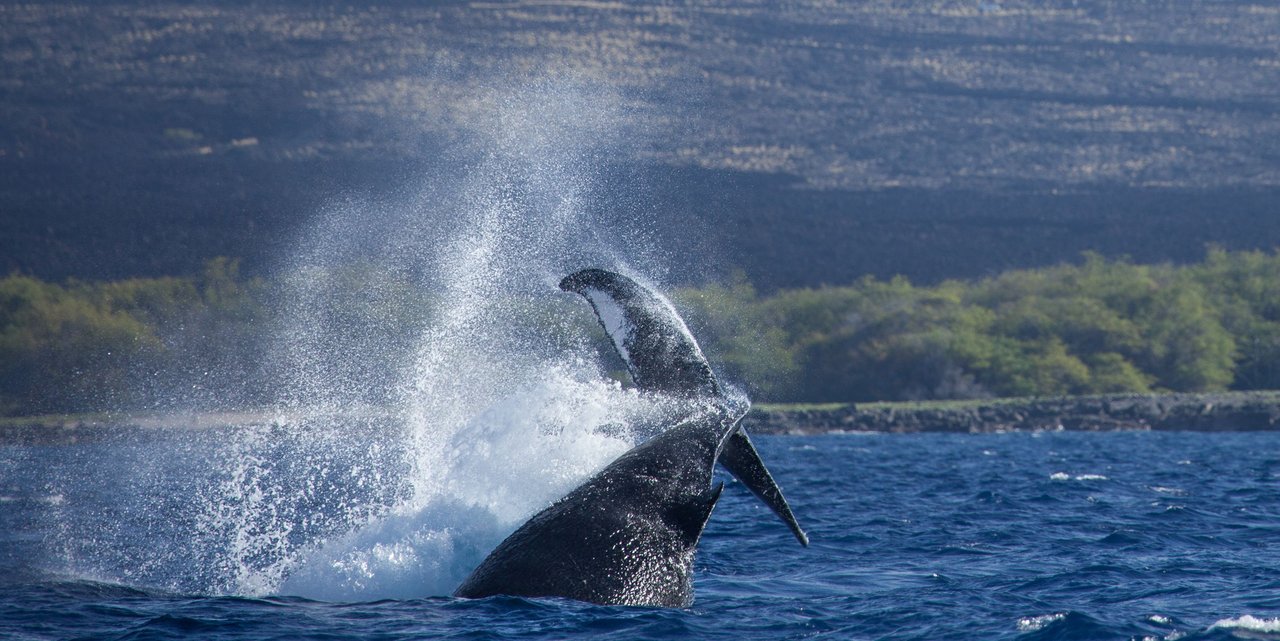
A very powerful behavior called a tail throw, or peduncle throw. It is like the roundhouse kick of the humpback whale world.
If you are planning a trip to the Hawaiian Islands, then consider coming in January to March. These are the peak whale months. You could literally sit on your lanai, sipping coffee, and watch whales out in the distance splashing around. Although, there is nothing like going out in a small whale watching boat and have some close encounters with these giants of the sea.
And to think, the peak season is just getting started!
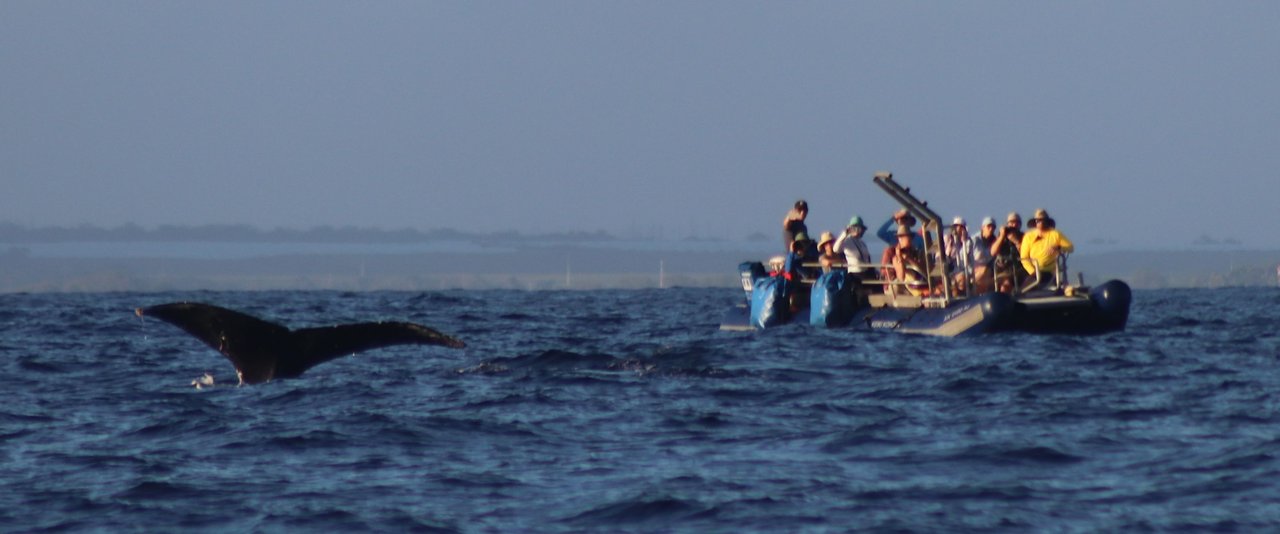



Comments
Post a Comment
Leaving a comment is a great way to provide feedback, ask further questions, and inspire more answers...so go for it.